This grade II listed former town house dates from the early 18th century. The left hand block, as you face the building, was added in the late 19th century (1887–98). The decorative iron railings at the front were removed during World War II. The tree-lined garden at the rear is now a car park. English Heritage recently included the property on its Buildings at Risk Register. A plaque by the front door, hidden behind overgrown bushes, states that Royston Manor House was the name ‘adopted in October 1948’ for what later became known as The Manor House Club.
Illustrations and text about The Manor House.
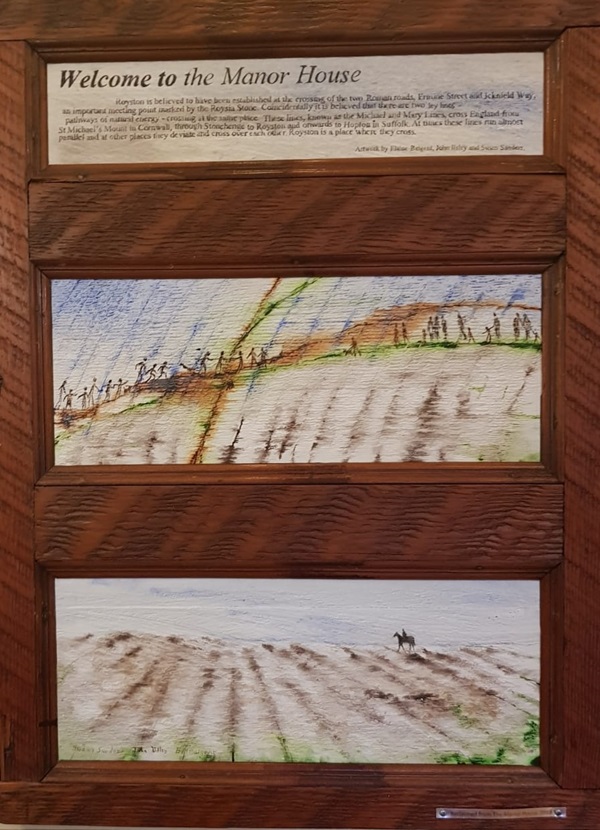
The text reads: Royston is believed to have been established at the crossing of the two Roman roads, Ermine Street and Icknield was an important meeting point marked by the Roysia Stone. Coincidentally it is believed that there are two ley lines – pathways of natural energy – crossing at the same place.
These lines, known as the Michael and Mary Lines, cross England from St Michael’s Mount in Cornwall, through Stonehenge to Royston and onwards to Hopton in Suffolk. At times these lines run almost parallel and at other places they deviate and cross over each other. Royston is a place where they cross.
Artwork by Elaine Baigent, John Ilsley and Susan Sanders.
Digital artwork entitled Royston Church.
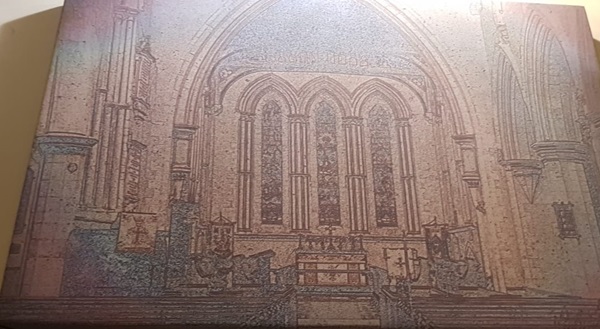
Digital artwork created from an original photo supplied by R H Clark photographers, Royston.
Robert Henry Clark was a major postcard publisher from the early 20th century and took extensive photographs of Royston and then surrounding areas. The company is still a thriving business in Royston today and all the early images are still available.
A display and text about J & JE Phillips.
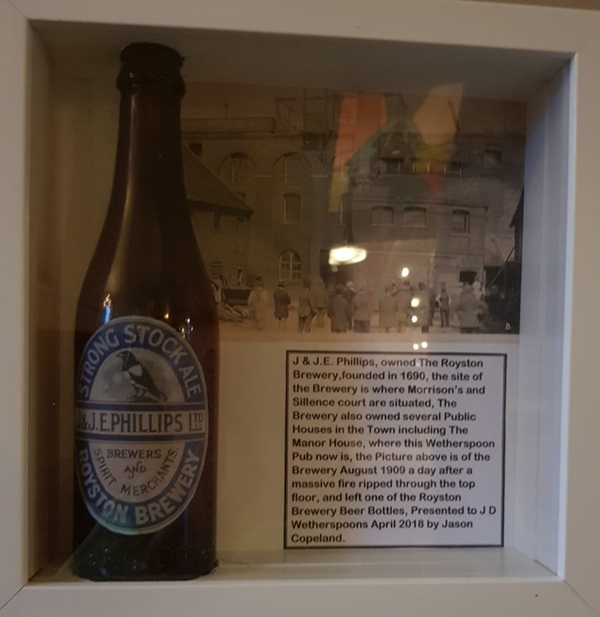
The text reads: J & JE Phillips, owned by The Royston Brewery, founded in 1690, the site of the brewery is where Morrison’s and Sillence court are situated. The brewery also owned several public houses in the town including The Manor House, where this Wetherspoon pub now is, the picture above is of the brewery, August 1909 – a day after a massive fire ripped through the top floor, and left one of the Royston Brewery Beer Bottles, presented to J D Wetherspoon, in April 2018 by Jason Copeland.
A medieval wall hanging.
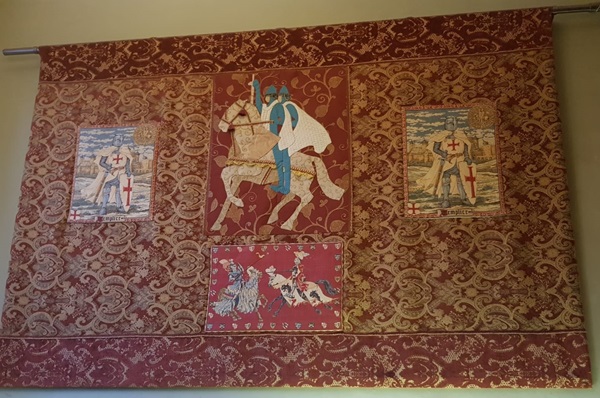
This wall hanging evokes the medieval period and the many local Templar connections, churches in Whittlesford and Cambridge and properties in Baldock and Royston, Shingay and Templar Cressing in Essex. The Knights Templar were a religious and military group, often described as warrior monks, originally formed in about 1118 to protect pilgrims to Jerusalem and the Holy Land. They were among the most skilled fighting units of the crusades endorsed by the Catholic Church and the order soon became a favoured charity. The non-combatant members innovating financial techniques that were an early form of banking and accruing vast donations of land and money on which they built churches and castles across Christendom. The black and white flag symbolised the fight between good and evil, the red cross martyrdom, and the two Templars riding one horse signified their vow of personal poverty.
A painting and text about Joseph Towne.
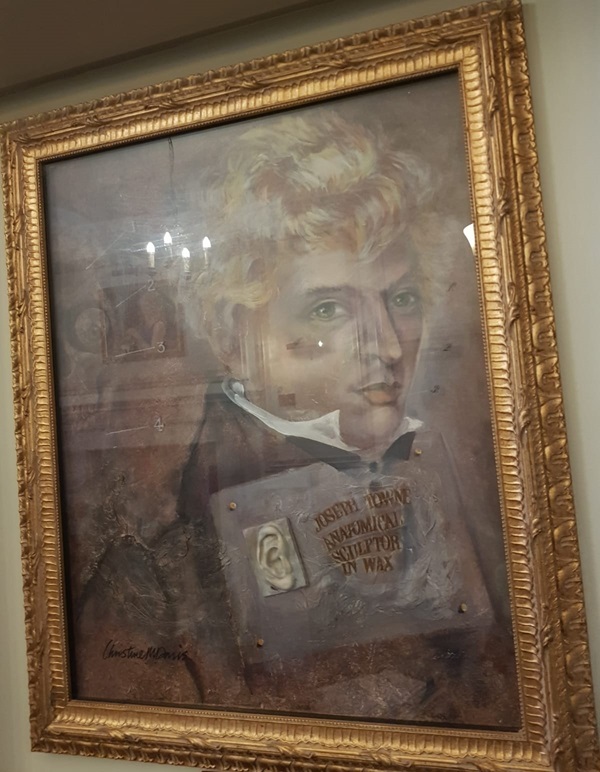
The text reads: An acrylic and wax board by artist Christine Davis.
The medical sculptor Joseph Towne was born in Royston in 1808. Joseph, whose father was a preacher in a chapel in Towne’s Yard, was the youngest of five surviving children.
He became a highly skilled maker of anatomical wax models and was appointed modeller to Guy’s Hospital and Medical School in London where many of his models are on display in the museum.
A painting and text about Alison Balsom.
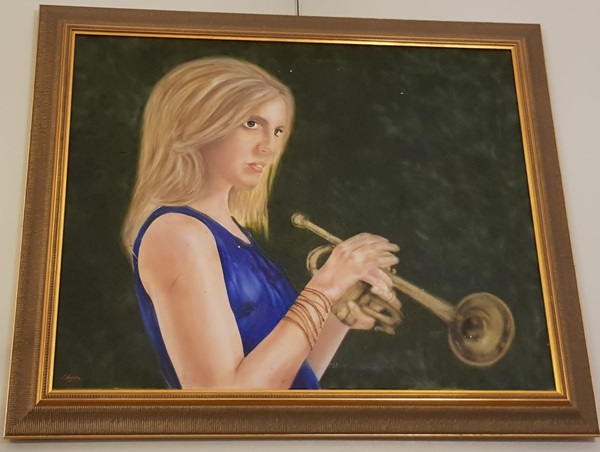
The text reads: A portrait of Alison Balsom, an English Trumpet soloist born in Royston, where she played in the Royston Town Brass band. She has been a professional classical trumpeter since 2001.
By Ben Donnelly.
Two illustrations of Royston.

A photograph of The Manor House, c1910.
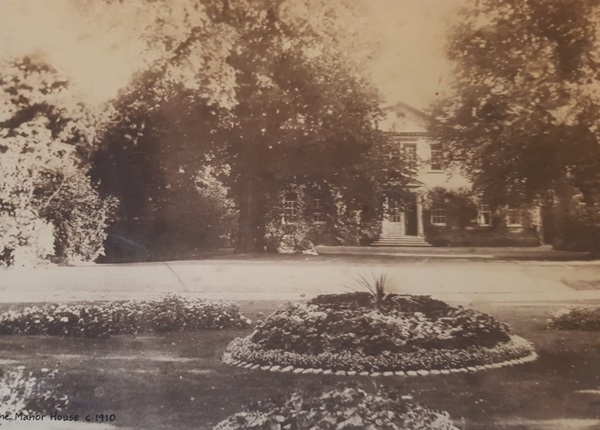
Photo kindly shared by Mr David Peregrine.
External photograph of the building – main entrance.
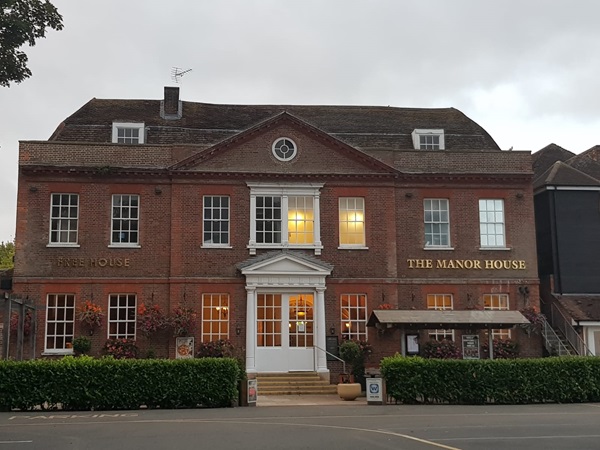
If you have information on the history of this pub, then we’d like you to share it with us. Please e-mail all information to: pubhistories@jdwetherspoon.co.uk